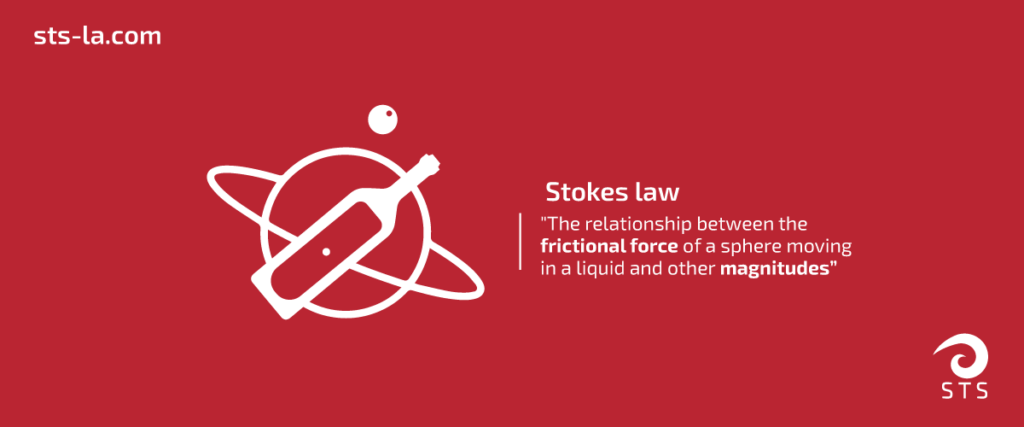
As we have previously explained on the STS blog, centrifuges have radically changed the landscape for wine producers, providing efficiency and excellent use of all resources to obtain a high-quality final product.
Before the use of centrifuges in the 1950s, wine suffered from oxidation, bad odors, and other problems that ultimately affected its taste – something that is almost impossible today after many years of progress in the technology involved in wine production. It is worth noting that all these advances would not have been possible without Stokes’ Law, a basic principle in modern wine production.
What is Stokes’ Law?
Stokes’ Law was created by George Gabriel Stokes and explains “the relationship between the frictional force of a sphere moving within a liquid and other magnitudes, such as the radius or velocity of the particle.” This refers to the following: if a sphere or body moves through a liquid (fluid), it must overcome a frictional force.
Everything related to centrifugation is based on the theory of sedimentation governed by Stokes’ Law, as explained by César Rivera Triguero of the Enological and Engineering Department of REDA Ibéricas for the Tecnovino website: “being the velocity of a particle’s fall directly proportional to the difference in densities between fractions, with gravity as the cause. Precisely, to increase the speed of this fall, centrifugal force comes into play, defined as the force that tends to separate a particle subjected to a certain number of revolutions per unit of time from its axis of rotation, which is much higher than that of gravity.”
Thanks to this law and its physical implications, the wine clarification process is almost perfect in modern times, as a more precise separation process based on weight phases is achieved. This is the main difference between centrifuges and filters, which base the separation process on the size of the particles.
Stokes’ Law has radically changed wine production, allowing for more precision in the wine cleaning process after fermentation, but not only that – it has also provided more control in the elimination of yeast and other sediments involved in wine production.
Do you need some more specific information about our separations solutions? Contact us and we will provide you all the tecnical information


